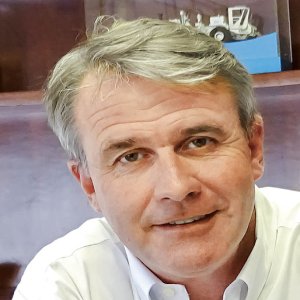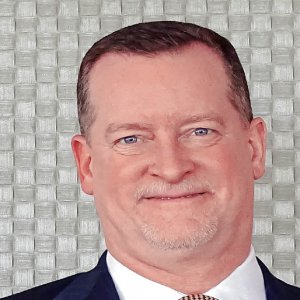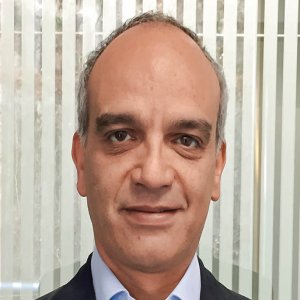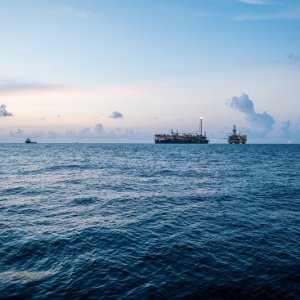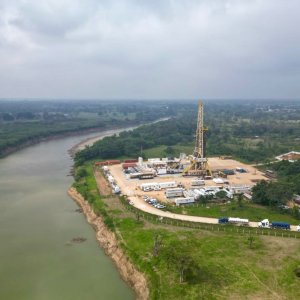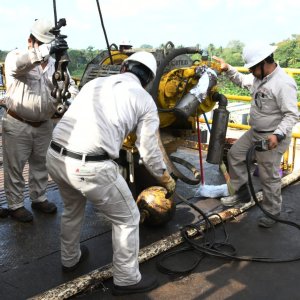Opportunities in Shallow Water Efficiency

STORY INLINE POST
In spite of the plethora of challenges in the oil and gas arena at the moment, many companies still consider participation in Mexico’s industry interesting. One of these companies is FMC Technologies, which also sees opportunities in the global industry, and Ernesto Iniesta, the company’s Commercial Director, believes that companies will be excited to obtain a portion of the Perdido area due to its production potential, although he concedes that these projects will not occur for at least five to ten years. “The IOCs are only interested in deepwater fields. When examining the results of the first three tenders of Round One, the absence of most of the majors is evident,” he points out. “That is perfect, because we understand that they are seeking deepwater and ultra-deepwater opportunities and we are aligned with their thinking.”
The company already has other business in Mexico, with a new unit called surface integrated systems that regroups surface completion, fracking systems, and all other requirements for reaching optimal production. Although Iniesta admits that the company will be impacted by the low oil prices, FMC Technologies is preparing to adapt to the current climate and he pinpoints PEMEX as a client that could particularly benefit from the company’s technologies. “We believe that we can continue working with PEMEX in some manner, and would like to work on farm-outs with other companies, supporting them,” he explains.
Iniesta believes that, according to the last news on PEMEX, the NOC will rely a great deal on financial support generated by the farm-outs. However, sustaining 2.1-2.2 million b/d requires a lot of effort in work-over or enhanced oil production. Additionally, PEMEX’s need to reach the necessary efficiency to develop its fields, which require equipment and technology, is where Iniesta sees a sizeable opportunity for FMC Technologies and the entire industry. “We estimate that PEMEX will contribute with 30% of the industry’s growth over the next few years, because production from the blocks awarded in Round One will not start until 2017,” Iniesta predicts. “The remaining 70% will be brought in by efficiency improvements outside of the traditional business.”
Given the conditions in which PEMEX finds itself, Iniesta believes PEMEX’s new Director General is taking the company in the right direction. “One of the best decisions he has taken is to stop all non-profitable activities, because this is the only way for PEMEX to become competitive in the open market,” he adds.
Going forward, FMC Technologies has some ideas on how to improve efficiency to develop some fields, especially in shallow water. “When it comes to solutions to improve shallow water efficiency, in terms of traditional fixed production platforms with subsea solutions, we offer a production cost that is 30-40% lower than current competition,” Iniesta boasts. Instead of building more platforms, the company connects a subsea solution and pipeline to an existing platform, and in this vein, Iniesta indicates that a reduction in its number of platforms and an increase in subsea infrastructure would be a promising strategy for PEMEX. “The arguments we plan on using to convince the NOC of the viability of our plan are early production, competitive traditional platforms, and lower costs, with a time advantage of approximately one year, and cost savings of up to 40%,” Iniesta explains.
In Iniesta’s opinion, when considering the capital the NOC will have to pay in the following 15 years and the size of the investment ahead of it, combined with the financial support it will receive from partnering companies, PEMEX’s production should begin to increase in the second half of 2017 or in early 2018. The supply chain should be turning around beforehand, or else PEMEX’s production cannot increase. “Reducing investment related to the opportunities is necessary in order to increase production, and we will adapt to whatever is needed for this year,” Iniesta outlines. “Next year will be about maintaining that, and in 2018, the industry will begin its recovery.”
